Caliber of the Month: The .303 British
The .303 British is a true classic—battle-tested, collectible, and still a capable hunting round today. But it’s also unpredictable on the shelves, making it a caliber worth stacking consistently.

There's something unmistakable about the crack of a Lee-Enfield. Even if you've only heard it at a range or in a war movie, that sharp report carries the weight of an entire era. For more than half a century, the .303 British was the backbone of the British Empire's armed forces, serving in every armed conflict from the Boer War through WWII and beyond.
Officially known to SAAMI as the .303 British, it started life in 1888 as a black powder round for the Lee-Metford before quickly transitioning to Cordite, a form of smokeless powder, shortly thereafter. But it wasn't until the Mark VII 174-grain spitzer arrived around 1910 that the .303 really hit its stride and became the multi-generational icon it is today.
Even after it was phased out in favor of 7.62 NATO in the 1950s, the .303 never truly disappeared. There are still millions of Enfields, Pattern 14s, and even Bren guns floating around, and they all need to be fed. Collectors, surplus fans, and hunters in Commonwealth countries keep the demand steady, but getting your hands on it consistently is a different story.
Being a surplus round, it's prone to the classic boom-and-bust cycle of we've become accustomed to over the last decade or so: readily available one month, seemingly vanished the next, with prices that swing wildly in between.
Thankfully, that's where AmmoSquared's model makes a lot of sense. But before we get into that, let's give the .303 Brit the love it deserves, shall we?
Winning Wars Since 1888
Not to steal a bit of John Browning's thunder, but much like the .45 ACP and 1911 handgun we've all come to know and love as a piece of battle-proven Americana, the .303 Brit has an equally storied military history.
When it was first adopted by the British as a primary military-issue rifle cartridge, they were looking for a high-performance cartridge that could handle the new age of repeating rifles and smokeless powder.
The .303 British delivered, seeing its first major action in the Second Boer War, where the accuracy of the early Lee-Metford rifles proved its worth. However, it was during the hell of World War I that the round truly became legendary.
Paired with the iconic Short Magazine Lee-Enfield (SMLE), the .303 cartridge became synonymous with the skill and firepower of the British infantryman. The ten-round internal magazine (fed by two 5-round stripper clips) and the rifle's smooth, quick-cycling action allowed troops to maintain an incredible rate of fire, often referred to by Tommies as "the mad minute".
The cartridge maintained that reputation through World War II, serving in every theater of conflict from the desert of North Africa to the jungles of Burma, serving not just the infantry but also airmen in early aircraft guns like the iconic Vickers and Browning machine guns. You simply cannot write the military history of the Commonwealth powers without giving the .303 British a central chapter.
From Warhorse to Mil-Surp Collectible
Today, firearms chambered in .303 Brit are highly sought after by collectors who appreciate their history, craftsmanship, and reliable firepower. In places like Canada, Australia, and New Zealand, the .303 remains a staple hunting cartridge, and while the old Lee-Enfield may be decades removed from its frontline days, plenty of hunters still trust it to put meat in the freezer.
It's perfectly suited for everything from deer to tough wild boar, proving that its velocity and terminal ballistics, especially in modern commercial loadings, are still highly effective. The market for the .303 is one part historical preservation and two parts practical shooting, which keeps the demand stubbornly consistent.
While many of those old mil-surp rounds have become neat range day show pieces, the .303 still has plenty of life left in it, and shooters know it. As long as an Enfield can drop game cleanly and ring steel with authority, the .303 Brit ain't going anywhere.
And on the collectible side, the appeal hasn't slowed down either. Matching-number rifles, early-pattern markings, and clean surplus examples continue to climb in value, yet they're still approachable enough that new collectors can jump in without feeling priced out. It's that rare sweet spot and is exactly why the .303 British continues to hold its ground more than a century after it first hit the field.
Parting Shots
If you're lucky enough to own a Lee-Enfield or any rifle chambered in .303 Brit, you already know the cartridge sits in that rare space where history and practicality overlap. It's highly sought after and can be a bit unpredictable on the shelves, which makes it exactly the kind of caliber that's worth treating like a long-term investment. Surplus cycles come and go, import batches dry up overnight, and commercial runs aren't always guaranteed.
When you find something this capable and this inconsistent on the market, the smartest move is to build a buffer while you can.
So if you haven't already, log in to your AmmoSquared account and start adding .303 British to your stockpile. Even a small recurring contribution grows into something solid. One fractional round at a time, you're investing in your long-term readiness plan.

